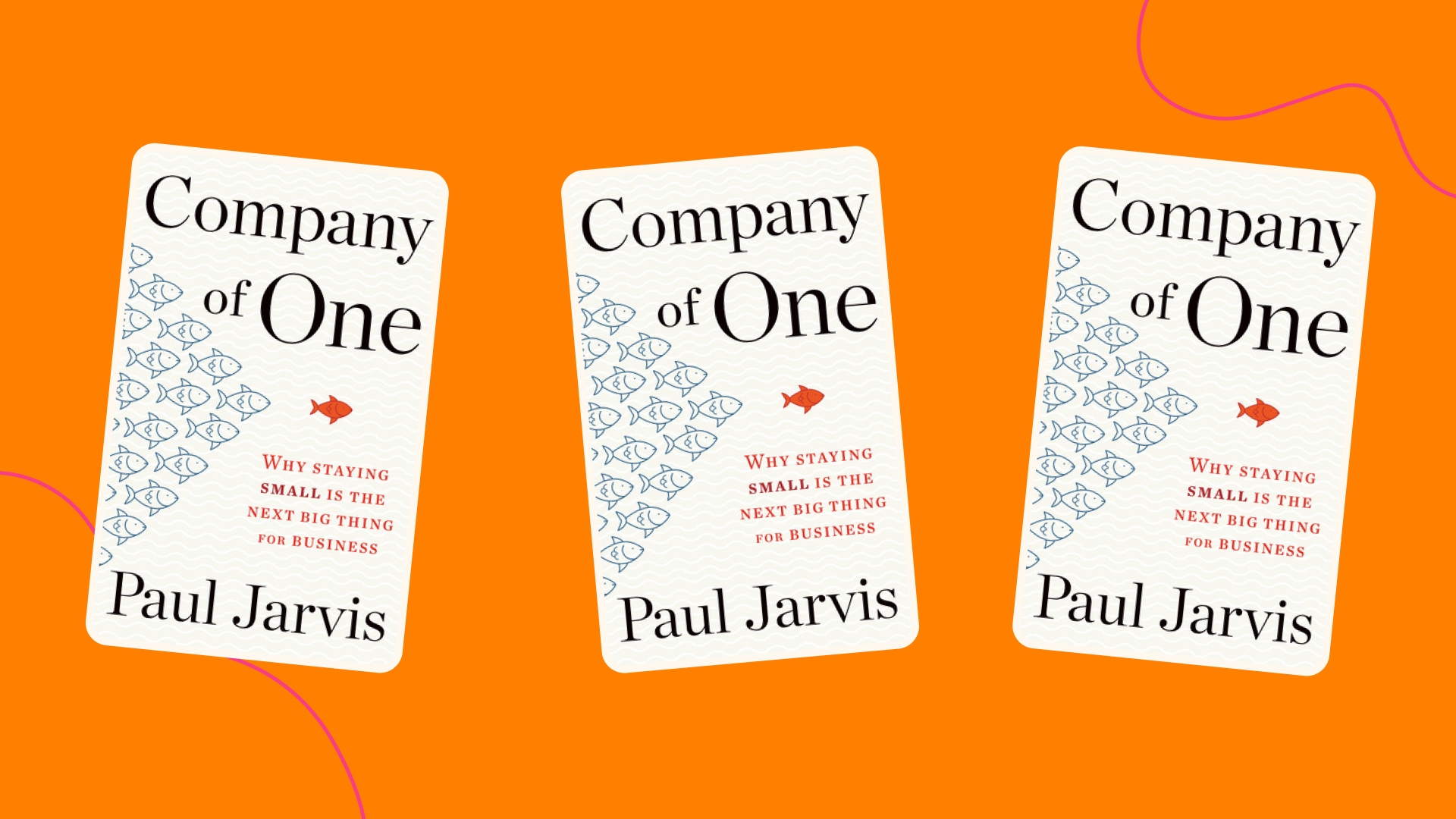One statement that stood out within this chapter is that “a lot of people, especially creative people, look upon marketing in a negative way” (Jarvis, 156). I find this extremely interesting, as this is something I was unaware of. I usually view marketing in a neutral way, or am impressed by the creativity, pose, or humor behind the marketing initiative. However, the one way in which I can definitely see the negative, or distasteful aspects of marketing is when it is a seemingly pointless usage and display of wealth. For example, huge displays in the center of cities that cost lots of money to construct, just to be disassembled and throw away (because this large sum of money could have been used to product greater good for a greater number of people and it can be very wasteful). Jarvis primarily agrees with my personal viewpoint on marketing, as he says that people really should not view it in a negative way (p. 156).
Jarvis explains an opposing viewpoint of common practices to measure marketing success. He states that social media followers, subscribers, or clicks are “vanity metrics” He continues to say they do not measure trust or engagement, instead, they simply measure how many people took some form of marketing bait. This perspective may be controversial, especially today, as many marketing analysist and companies use the metric known as click-through rate to assess the success of their marketing campaigns. This measures how successful an advertisement was at capturing user attention, so the higher the click-through rate, the more successful the advertisement is at gaining interest. It is important to note that the conversion rate may be a more useful measurement in determine the success of an advertising campaign, as it accounts for the percentage of click-throughs that lead to actual sales (Hayes, 2022).
In today’s social media-centric environment, the hype has been placed on influencers and going ‘viral’. Many entrepreneurs may now believe that if their product or company goes viral on social media, they will become success and generate lots of customers, sales, and revenue. Jarvis argues that this is not the case (remember growth is not always scalable). Going viral means that your business does not fully understand who your intended audience is and tries to appeal to the masses instead. Connecting and engaging with one’s niche is far more important and far less costly to generate (p. 159). This connection and engagement can be created by building trust. Trust needs to be formed in all aspects of a business and should begin at the very core of the business and your values (p. 161).
Jarvis concludes this chapter with the following thought-provoking messages. The following has been retrieved directly from his book.
BEGIN TO THINK ABOUT
- How you embed trust and honesty as a marketing strategy in your company of one
- The relationships you could foster with your customers to incentivize them to share word of your business with others
- How to ensure- whether through email, support, or social media- that you’re always honoring social contracts with your customers (p. 162).
Click here to view all references for this post.


2 responses to “Properly Utilizing Trust and Scale”
Hi Maddie,
I’m diving back into your blog, and it’s so well done! I am so impressed with the clarity of your thoughts and the layout of your blog. It’s honestly so consumable. Way to know your audience!
I agree with what you’ve outlined above, beginning with the vanity metrics. In the PR world, it used to be we would report on magazine and newspaper circulations and audience reach of a website. As the communication industry has matured, customers are demanding more, and they want to know how many referrals they have received from a piece of earned media. With Google and Looker Studio, we can finally dive deep into which articles send referral traffic, assuming they are hyperlinked. It’s been a game changer for ROI.
Jarvis has an interesting perspective on the state of ‘going viral.’ I see his point, especially when brands invest a lot of time and money into a piece of content with the goal of mass visibility.
Great write-up!
Coral,
Thank you for another great comment! I also found his take on ‘going viral’ very interesting. It is worth noting that he is not the only one that has this perspective, as he brought up this idea as one coming from former head of content at Airbnb, Alex Beauchamp, as she says she never wants to be on the hook for making that happen. Jarvis adds that ‘going viral’ is a result of a business not understanding who its intended audience is.
Thank you,
Maddie